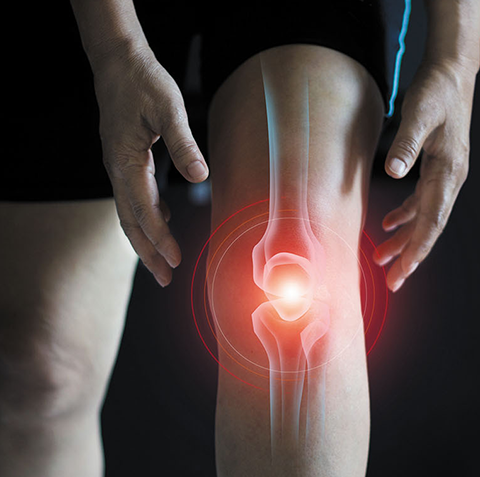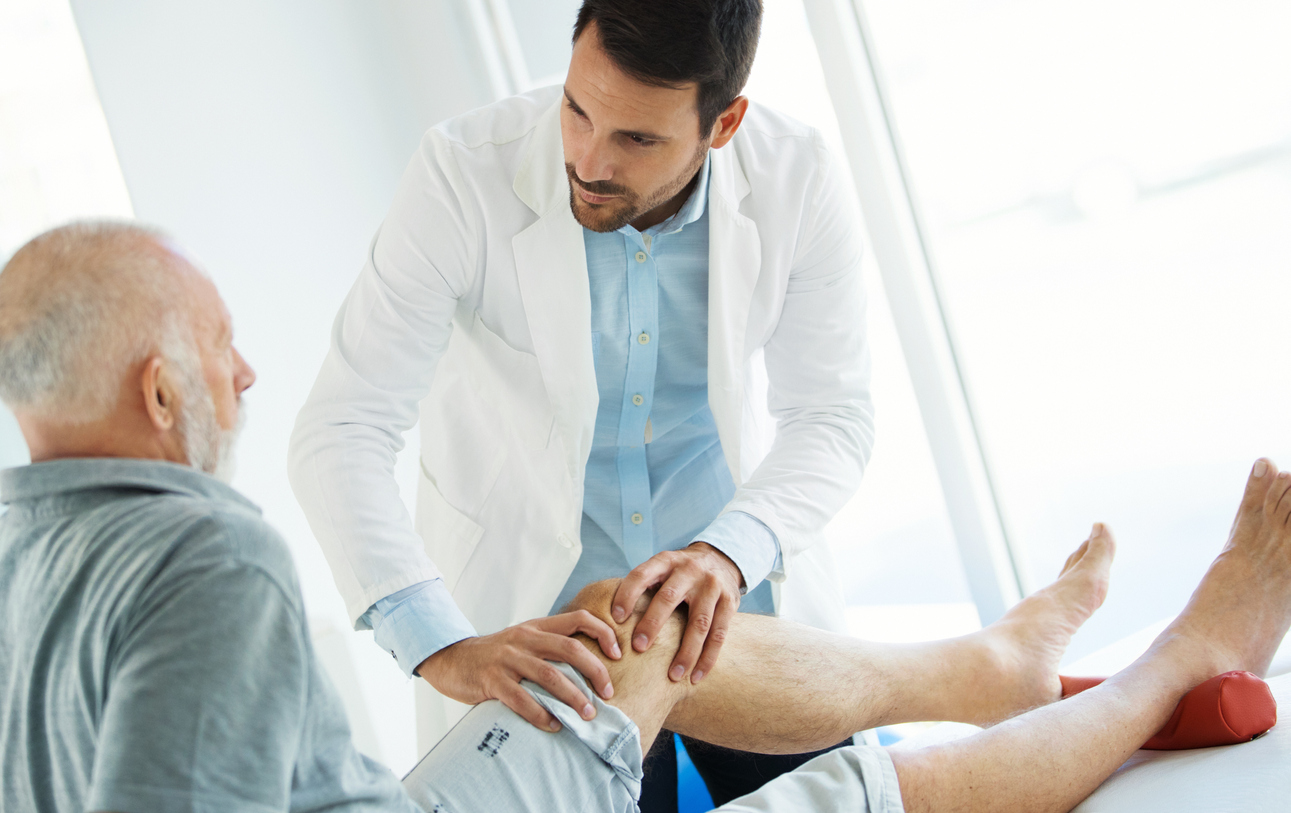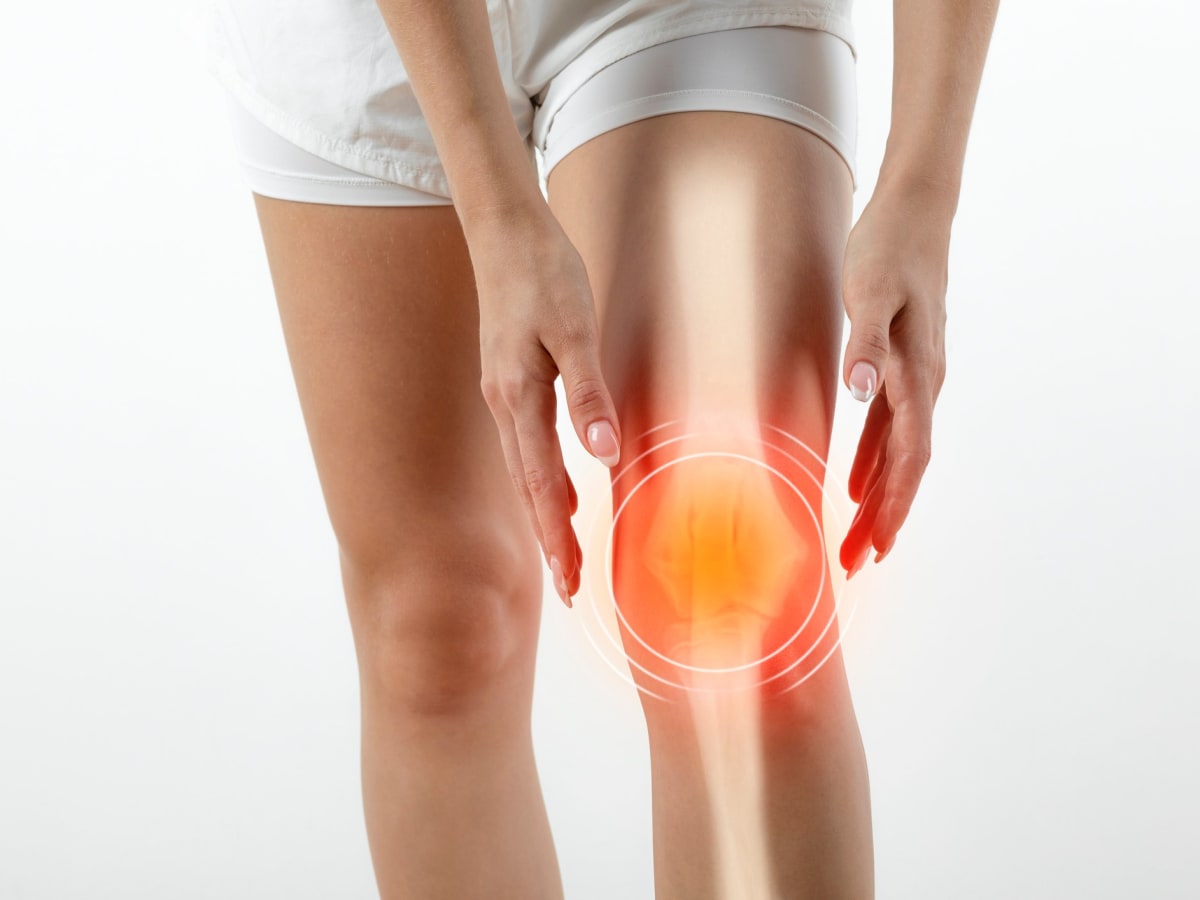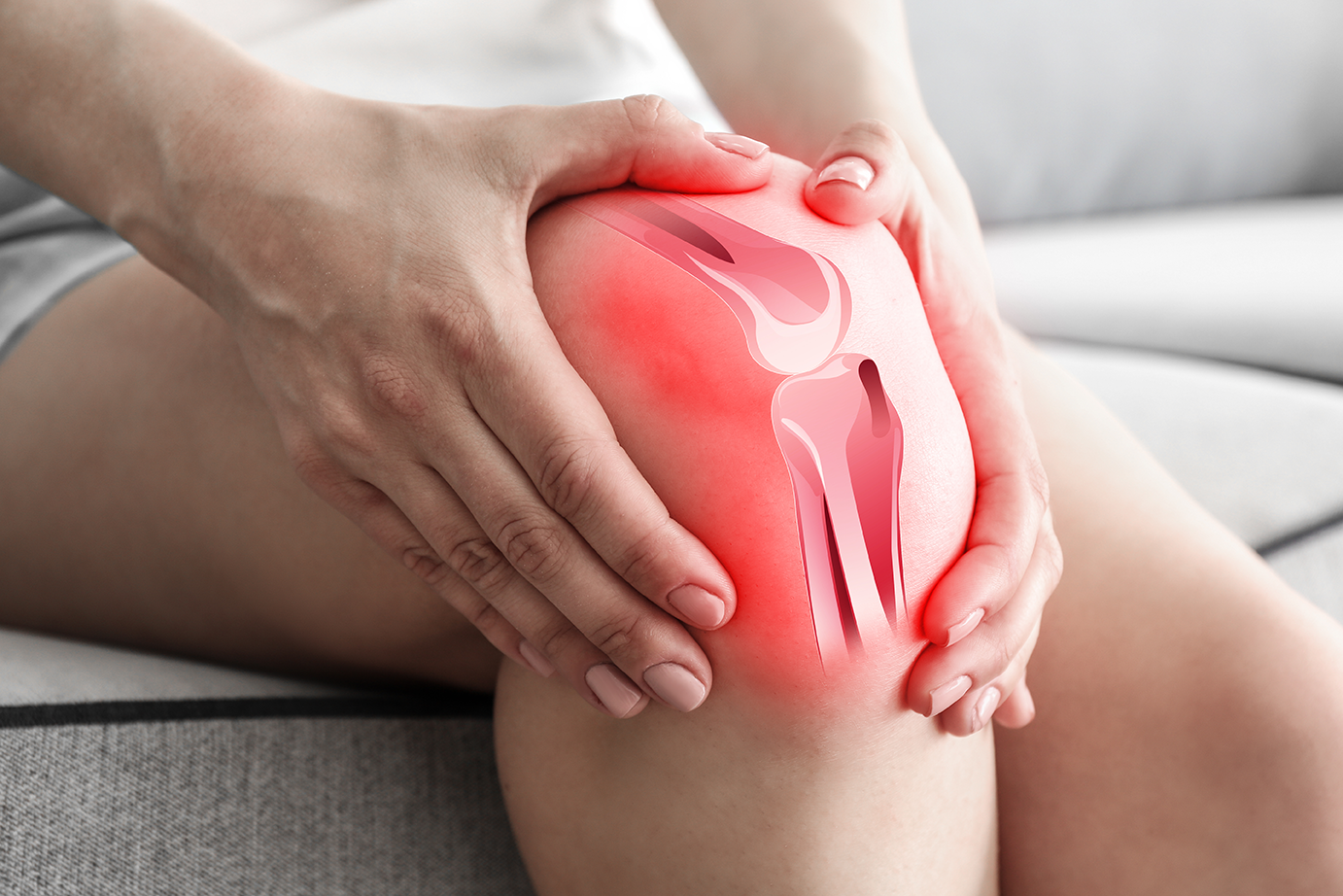
“Why does knee pain rule your life, When we could fix it activities”Knee pain is a most common problem. It can be localized or throughout the knee and an extremely common complaint by young adults as well as old people. Knee pain is always associated with restricted Range Of Motion. Knee joint is one of the most important joint in our body which bears most of the weight of the body. It is supported by tendons, ligaments, muscles and joint cartilage which give stability to the joint. The location of knee pain and intensity can very depending on the structure which is involved and the intensity of the joint pain can vary from minor dull aching to severe pain.
Common causes of knee pain Osteoarthritis
Osteoarthritis is a form of arthritis. Sometimes called degenerative joint disease or degenerative arthritis. Osteoarthritis is a most common joint inflammatory condition. The joint is covered by a cartilage which provide smooth and gliding surface in joint motion and act as a cushion between the bones. In OA the cartilage breaks down causing pain, swelling and restricted range of motion. OA increases by time due to continuous wear and tear in the joint. It is of two types
Primary arthritis is result of natural ageing process of the joint not associated with any injuries or disease. With aging cartilage begins to degenerate causing friction between bones leading to pain, stiffness, and loss of joint movements.
Secondary arthritis is caused by the any trauma, injury and disease or condition that can lead to pain and restricted joint range of motion which includes obesity repeated injuries or surgeries of the joint structure, abnormal structure , diabetes and other hormonal structure.
Iliotibial Band Syndrome
Many runners know this feeling: a sharp pain on the outside of the knee. At first, it only occurs when you run, but later you also feel it when you climb the stairs or even when you walk.Repetitive friction on iliotibial band due to muscle imbalance, excessive running or inappropriate training method results in pain on lateral side of the knee especially in stairs.
Runner’s Knee
The main complaint among those with runner’s knee is pain either underneath or on each side of the kneecap. Other symptoms include swelling of the knees, increased pain after exerting the knee, popping sensations and a grinding noise. Runner’s knee is a very common injury caused by improper hip and foot placement while running. Weak quads,hamstrings or hip abductors can all cause knee discomfort.
Bursitis
Knee bursitis is caused by inflammation of a bursa – small fluid filled sacs that lie between bones and muscles/tendons to prevent irritation. Excessive friction from activities such as jumping, running or muscle tightness can lead to swelling of the bursa which leads to pain.
Tendinitis
Pain in the front of the knee that is made worse when climbing, taking stairs, or walking up an incline
Meniscus tear
Menisci provide both space and cushion for the knee joint a rupture in one or more of the cartilage in the knee can leads to knee pain.
Torn ligament
Tear in one of the four ligaments in the knee is a most common sports injuries — the most commonly injured ligament is the anterior cruciate ligament (ACL) and can also occurs in Posterior cruciate ligaments (PCL), medial collateral ligaments (MCL), and lateral collateral ligament.
Arthritis of knee
If you feel a pain or weakness daily around your knee – may be you have arthritic knee. Arthritic knee can develop from daily activities that put pressure on the knee cap such as: Kneeling, Squaring, and Climbing.
Most common complain in knee pain
- Redness an discomfort
- Stiffness and Swelling
- Inability to move the knee properly
- Difficulty in walking
- Mostly pain over the front
- Medial and lateral aspect of knee
- Difficulty in walking upstairs and downstairs
- Weakness
- Unable to bend the knee
- Limping due to discomfort
The Symptoms of the knee may be mild to severe depend on the complexity of the condition or injury.



Steps to follow in Knee pain and swelling
RICE therapy is very useful in treating acute knee pain or especially for the athletes who suffered from
any kind of injury during sports activities
Rest: Rest the joint and take a break of 10 – 15 minutes.
Ice: Applying ice can help in reducing pain and inflammation. Apply ice for 10- 15 mins 3 times a day.
Compress: A compression bandage can help in reducing swelling as well as keep the joint aligned
Elevate: Elevation can help in reducing the swelling and resting of the knee.
Stretching and strengthening exercises.
Note-After RICE therapy pain does not subside than visit a PHYSIOTHERAPIST who is well trained can diagnose and treat your knee and will teach you the appropriate exercise to practice at home
How to prevent the knee pain
- Stop doing exercise if you feel pain in your knees.
- Always do warm up before exercise and cool down afterwards.
- Wear shoes that is fit well and provide enough support
- If you are obese then start workout to drop some pounds so there is less stress on your knee joint.
- Keep your thigh muscles strong with regular stretching and strengthening exercises.
- Avoid running on hard surfaces.
- Avoid twisting your knees.
- Wear protective sports equipment during any sports activity.
